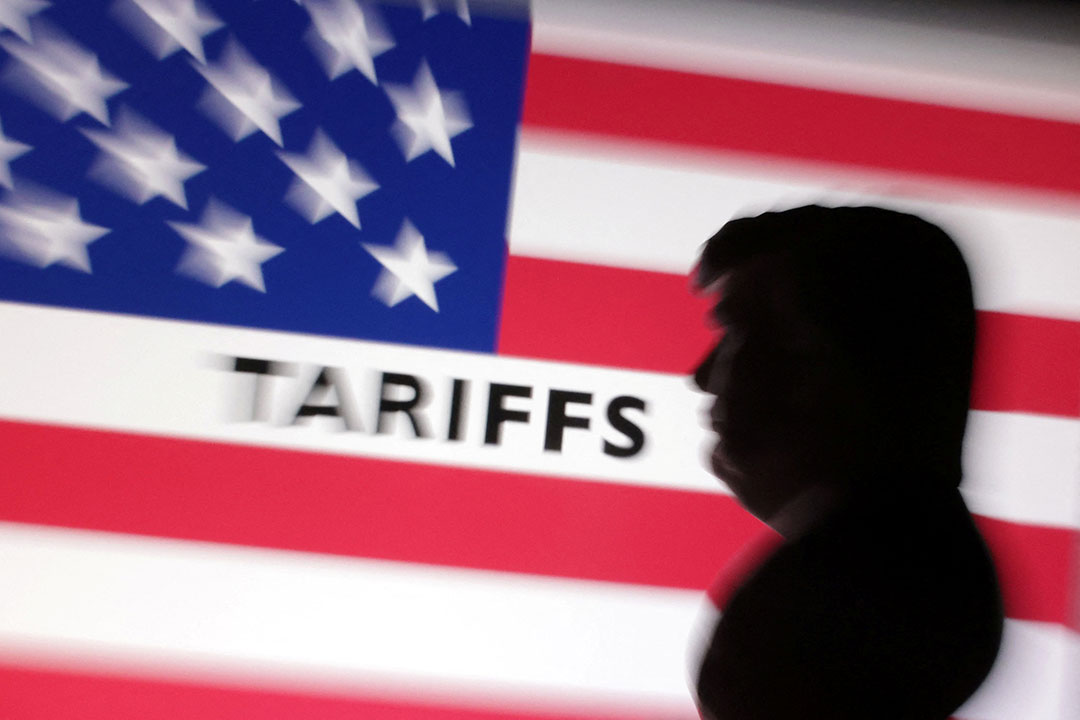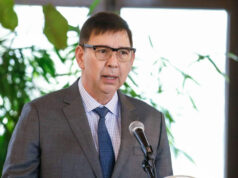Impact of US tariffs, trade tensions on Asia-Pacific banks to be manageable

THE IMPACT of higher US tariffs and ongoing global trade tensions on banks in Asia-Pacific, including the Philippines, is expected to be “manageable” as they have ample liquidity and buffers against shocks, Moody’s Ratings said.
The credit rater said in an Aug. 13 note that developments in global trade dynamics amid rising protectionism among large economies and their potential impact on growth would be negative for Asia-Pacific (APAC) banks.
“Most APAC banks are likely to face negative effects from ongoing trade tensions, including slower economic growth and trade disruptions. Uncertainty surrounding the interpretation and implementation of any final agreements will weigh on consumer and business sentiment, and risk further dampening loan growth,” Moody’s said.
“Nonetheless, most APAC banks have sufficient buffers to absorb loan losses and they maintain stable funding and liquidity. Meanwhile, government measures aimed at supporting affected businesses, coupled with interest rate cuts, will help contain increases in new impaired loans,” the credit rater added.
On Aug. 7, the US began imposing higher “reciprocal” tariffs on most of its trading partners. A 19% levy was slapped on goods from the Philippines, which is slightly lower than the 20% the US had threatened to impose, but higher than the 17% announced in April.
This is at par with the rate imposed on several members of the Association of Southeast Asian Nations, namely Indonesia, Cambodia, Malaysia and Thailand.
However, the Philippines’ exports to the US only made up 3% of gross domestic product in 2024, Moody’s noted, which is low compared to the US exports of “connector” economies like Vietnam and Cambodia.
“Most of the economies that had not reached a deal with the US by the Aug. 1 deadline generally received lower tariffs compared with rates announced in April and May. However, the US’ effective tariff rate of 18.6%, as estimated by the Yale Budget Lab, is a little higher than the 10%-15% assumption that underpinned our global growth forecast in May, and much higher than 2.4% at the beginning of the year,” Moody’s added.
“Sharply higher US tariffs will drive realignments in global trade and investment flow, heightening risks to economic growth.”
It added that US President Donald J. Trump’s plan to impose 100% tariffs on imported semiconductors and chips also adds another layer of uncertainty for APAC economies.
Moody’s said that while banks in the APAC region have large exposures to affected sectors like autos, manufacturing, and technology, credit risk as a result of higher tariffs will likely be limited as these lenders’ exposures to firms that are focused on exporting to the US is “modest.”
“In addition, the final tariff rates for most APAC economies are now lower than initially announced in April 2025. As a result, the impact of tariffs on asset quality of banks will depend on the relative competitiveness and the ability of suppliers to absorb part of the tariff costs,” Moody’s said.
Redirected low-cost exports from China as it looks to markets outside of the US may also result in increased competition for domestic manufacturers in Asia-Pacific countries, which could pose asset quality risks for banks.
“Small and medium enterprises will be the most vulnerable to these challenges associated with tariffs as they often have less room than large conglomerates to absorb additional costs or to pass them on to customers,” the credit rater said.
It added that the easing monetary policy stance of central banks in the region may pressure banks’ margins, which would affect their profitability.
The Bangko Sentral ng Pilipinas (BSP) has lowered borrowing costs by a cumulative 125 basis points (bps) since it began its easing cycle in August 2024.
BSP Governor Eli M. Remolona, Jr. has said that a third straight rate cut is “quite likely” at the Monetary Board’s next meeting on Aug. 28.
The BSP chief also said that they are expecting to deliver only two more rate cuts this year, including the one they could implement this month. A third reduction is “unlikely” as it would lead to a smaller output gap, he said.
After this month’s review, the Monetary Board will have two more policy meetings for the remainder of the year.
Philippine banks’ combined net income grew by 4.14% year on year to P198.14 billion in the first half, the latest BSP data showed, mainly driven by increased loan volumes that helped make up for narrowing interest margins due to the central bank’s policy easing cycle. — BVR



